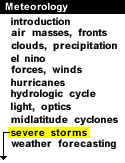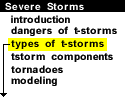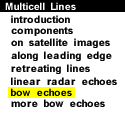
|
Large scale bow-shape squall lines sometimes are called line-echo wave patterns (LEWPs). Large areas of strong outflow winds, sometimes reaching strong downburst force, often occur. Tornadoes have been known to occur near and north of the apex of the bow. Widespread but scattered minor wind damage occurred along the eastward bow of this central Indiana squall line.
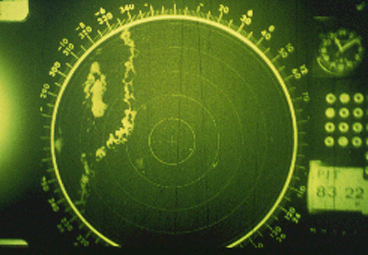
Below is a smaller scale bow echo. Short thunderstorm lines and multicell cluster storms can both evolve into bow echoes. Research indicates that these smaller scale bow echoes can be more dangerous than the large scale variety, with rotating comma head structures more likely to develop.
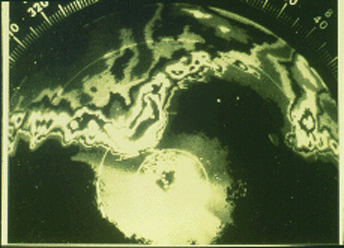
Bow echo storms occur in all parts of the country during unstable periods and with fairly strong vertical wind shear, but they seem to have a particular affinity for the area from the Northern and Central Plains eastward into the Ohio River Valley during strong northwest flow aloft in late spring and summer.

linear radar echoes |
|

more bow echoes |


